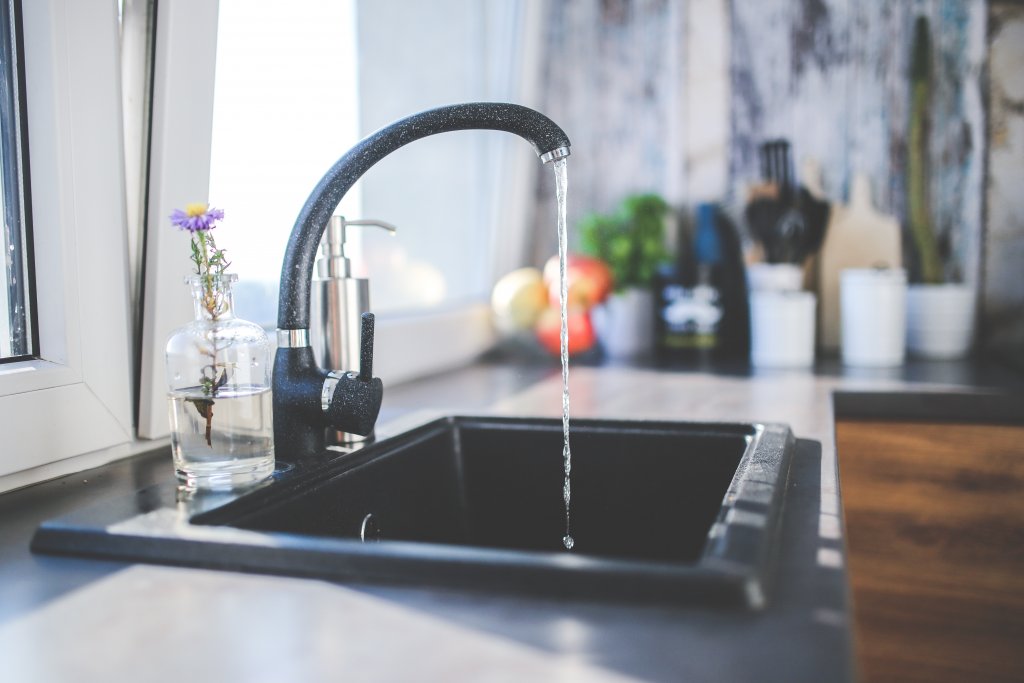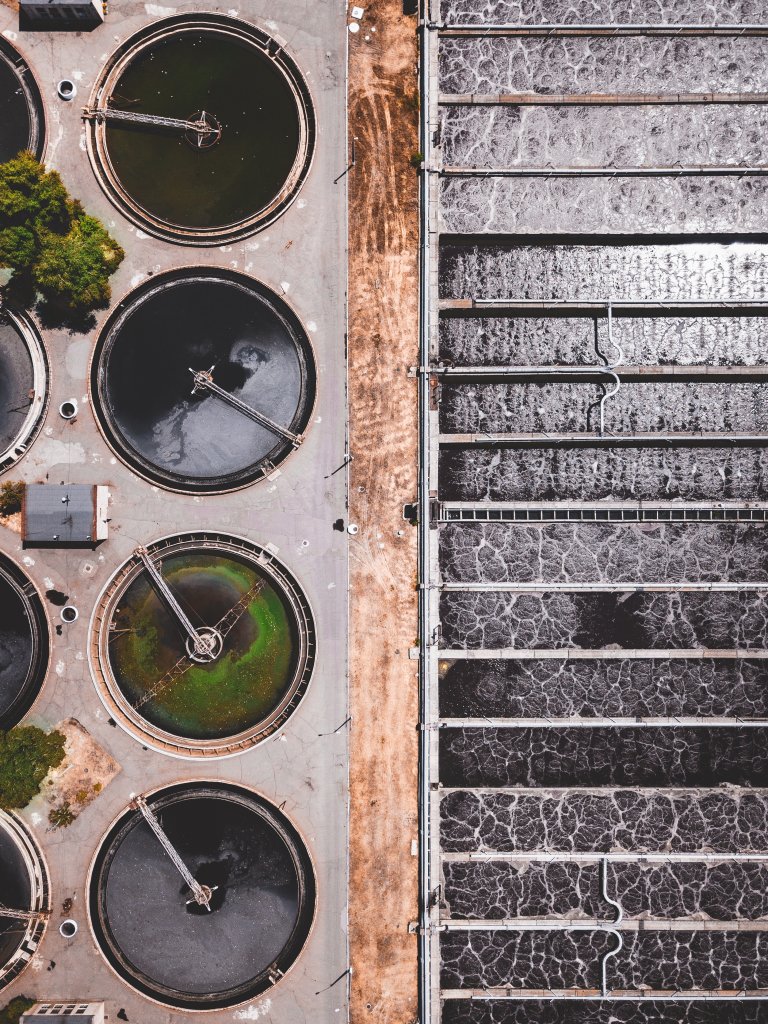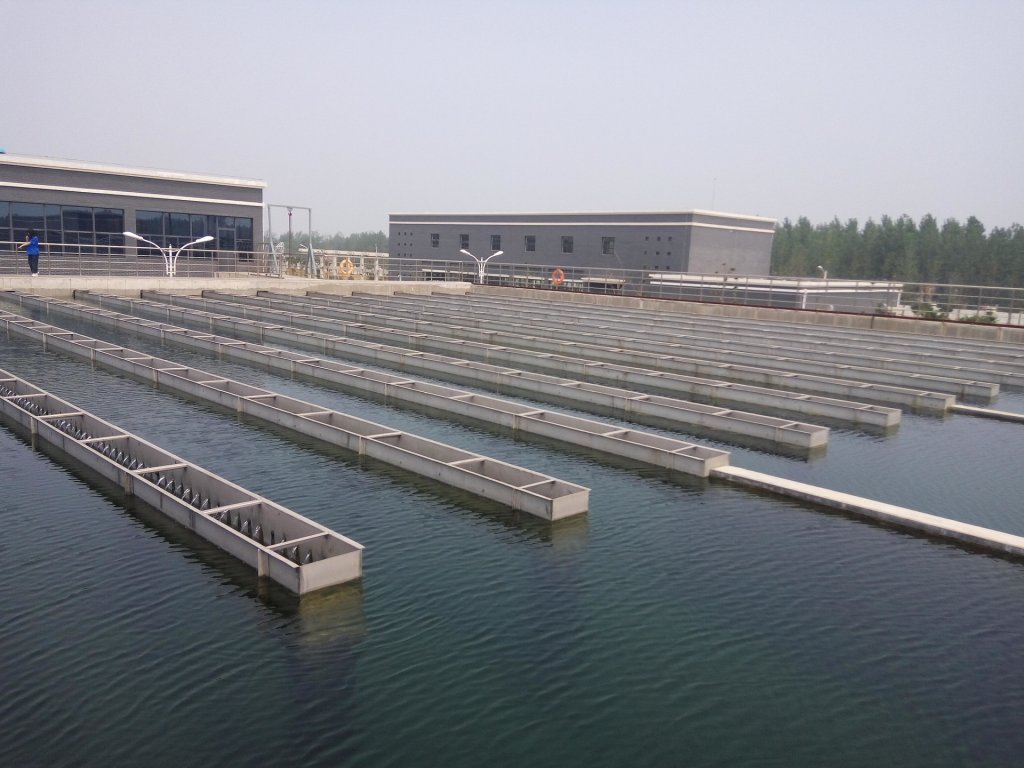Today almost one-fifth of the world’s population live in areas of water scarcity. By the year 2025, that number will rise to 1.8 billion people. From drinking water to water for fish farms to treating wastewater, we need to revolutionize obtaining and using water to survive.
Technology is starting a water revolution when we need it most. 3D Printing in the water and wastewater industries has the potential in cost-effectively treat polluted water. Groundbreaking 3D printing technology opens the possibility to transform water infrastructures.
The water revolution uses 3D printing in five innovative ways.
1. Improved Water Quality in Fish Farms
Fish farming, or aquaculture, makes up 47% of global fish production, accounting for over 80 million tonnes of fish in 2016. Fish farms make up most of the growth within the global market and are necessary to keep up with the demands of human consumption.
With fish farms growing in importance, the science behind commercially raised fish tanks and water enclosures needs to grow as well. Wild water systems have a natural balance, yet commercial operations do not. Water quality, such as acidity, must be controlled.
The convergence of 3D printing and fish farms has led to innovations in testing water quality. New systems can now send remote notifications so that water quality can be monitored consistently. This cost-effective method will allow fish farms to operate more cost-effectively over time.
2. Desalination Creates Potable Water
Over the next 50 years, it is estimated that the world population will increase another 40-50% resulting in increased water scarcity. Water is used for irrigation, household use and industry, yet only a small fraction of the world’s water is potable.
The U.S. Department of Energy is working on plans which use 3D printing to cost-effectively desalinize water. Desalinization is the process of removing mineral components from water, such as salts. By creating this technology with 3D printers, there may soon be a way to increase the supply of water globally effectively.
3. Inexpensive, Portable Water Analysis
It’s hard to believe, but one of the leading causes of death in developing countries is contaminated water. Poor water quality leads to illness, which can often be deadly. To solve this problem, there need to be more efficient ways to test and measure water quality. For these rural communities, this means finding a way to test water quality remotely and cost-effectively.
To this end, researchers have developed a simple 3D printed device that can test water quality remotely. The technology uses an 8-megapixel resolution digital camera to record color change necessary to perform a colorimetric assay. The device is battery powered and connected wirelessly for data processing. Technology like this will save lives by identifying contaminants in our water systems.
4. Water Purification and Filtration
The ability to test contaminated water is incredible, but new and innovative technology which allows us to remove that contamination is revolutionary. While it has been possible to manufacture purification and filtration systems for a long time, the ability to cost-effectively do so in a short period of time through 3D printing means that filtration systems can now reach the neediest places and people.
Filters which rely on nano-fiber membranes are now printed using electro-spinning 3D technology. Products like the Naked Filter use this technology to create filters 70-80% less porous than traditional filters, therefore far more effective in preventing illness from microbes such as Salmonella or e coli.
5. Efficient Wastewater Treatment
According to the UN-Water’s 2014 World Water Development Report (WWDR), more than 80% of water worldwide is not collected or treated.
Countries such as China and India are growing rapidly and need their water infrastructure to keep up. Wastewater treatment can be expensive in these countries, which is why 3D printing technology that reduces cost has proven to be revolutionary.
Keeping untreated water from entering the environment is vital. Suspended solids, biodegradable organics, pathogenic bacteria and nutrients can be harmful to the environment, making technological improvements to wastewater treatment more critical as water scarcity grows.
Specific areas of innovation are in areas such as 3D printed membrane technology. Components like pumps and items like feed spacers are areas which 3D printing has been able to produce quality, low-cost alternatives to traditional technology.
A 3D Printed Water Revolution
As water scarcity grows and population increases the demands on our water systems becomes more strained. Technological advances such as 3D printing are helping to create groundbreaking technology to improve our environment and transform communities in need.
Subscribe to Our Email Newsletter
Stay up-to-date on all the latest news from the 3D printing industry and receive information and offers from third party vendors.
You May Also Like
3D Printing Unpeeled: $5000 Cold Spray 3D Printer, Roland DGA & Living Materials
The AeroForge is a $5000 cold spray metal printer for copper made by a student team at Rice University. In a paper for ACS Central Science a team from Nanjing...
3D Printing Webinar and Event Roundup: April 28, 2024
In this week’s 3D Printing Webinar and Event Roundup, the Ceramics Expo is taking place in Michigan, Stratasys continues its advanced training courses, and SPE is holding a Polymer Characterization...
Meltio Expands Global Reach with New Partnerships in the Americas and Europe
Spanish 3D printing manufacturer Meltio has expanded its sales network across the globe. With the addition of three new partners in the United States, Brazil, Argentina, and Italy, Meltio aims...
US Army Corps of Engineers Taps Lincoln Electric & Eaton for Largest 3D Printed US Civil Works Part
The Soo Locks sit on the US-Canadian border, enabling maritime travel between Lake Superior and Lake Huron, from which ships can reach the rest of the Great Lakes. Crafts carrying...

































